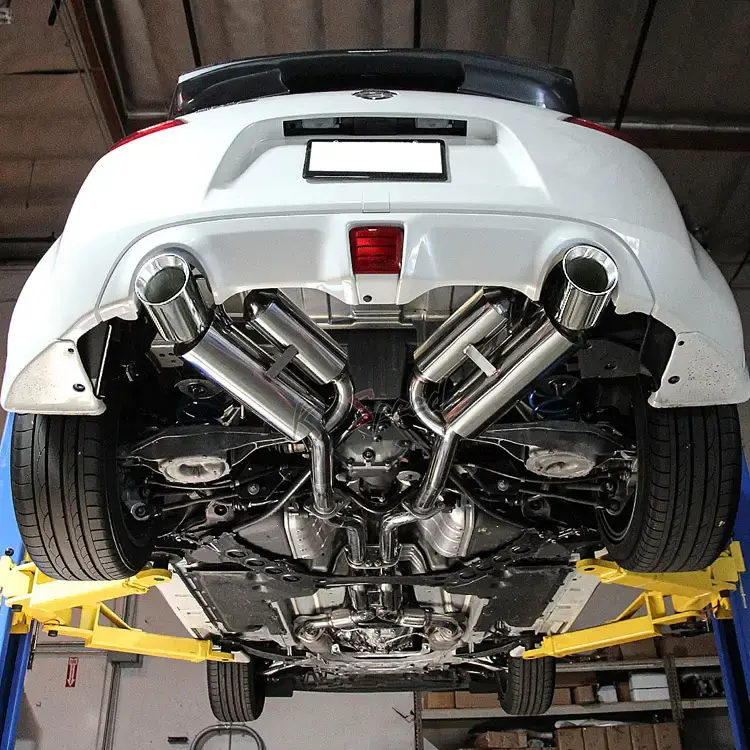
In this comprehensive guide, we'll walk you through the meticulous process of installing a performance exhaust system, from selecting the perfect system to executing the installation with precision. By the end of this article, you'll have the knowledge and confidence to embark on this transformative journey and revitalize your car's exhaust note and performance.
Understanding Performance Exhaust Systems
Before delving into the installation, it's crucial to grasp the essence of performance exhaust systems. Unlike factory setups, which prioritize noise reduction and emissions compliance, performance exhaust systems are engineered to optimize exhaust flow and minimize back pressure. With features like enlarged piping, high-flow catalytic converters, and performance-driven mufflers, these systems amplify engine performance while enhancing the exhaust's auditory appeal.
Choosing the Right Exhaust System
Selecting the ideal performance exhaust system demands careful consideration of various factors. From your vehicle's make and model to your desired sound profile and performance objectives, thorough research is key. Explore offerings from reputable manufacturers, evaluating options such as cat-back, axle-back, or full exhaust systems. Align your preferences with your budget, ensuring the chosen system aligns seamlessly with your goals.
Preparing for Installation
Preparation sets the stage for a smooth installation process. Assemble essential tools and equipment, including jack stands, a hydraulic jack, socket set, wrenches, penetrating oil, and safety gear. Park your vehicle on a level surface, allowing the engine to cool if recently operated. Safeguard against electrical mishaps by disconnecting the negative battery terminal.
Removing the Stock Exhaust System
Begin by liberating the stock exhaust system using penetrating oil to loosen stubborn fasteners. Employ a hydraulic jack to elevate the vehicle, securely supporting it with jack stands. Carefully detach the exhaust components, disconnecting sensors and brackets as necessary. Preserve the removed components for disposal or resale.
Installing the New Exhaust System
With the stock exhaust system relinquished, transition to installing the new performance exhaust system. Position each component meticulously, prioritizing alignment and fitment. Utilize provided hardware to secure components, ensuring snug connections and proper sensor orientation.
Tightening and Adjusting
Precision is paramount during the tightening phase. Utilize a torque wrench to fasten clamps and bolts to manufacturer specifications. Methodically inspect connections and hangers, rectifying any misalignments or deficiencies. Fine-tune the exhaust system to achieve optimal fitment and clearance.
Lowering the Vehicle and Testing
Safely lower the vehicle from jack stands, reconnecting the negative battery terminal if disconnected. Ignite the engine, listening attentively for any signs of exhaust leaks or irregularities. Embark on a test drive, relishing the newfound sound and performance enhancements offered by the upgraded exhaust system.
Installing a performance exhaust system is a gratifying endeavour that revitalises your car's performance and auditory allure. By following the comprehensive steps outlined in this guide and prioritizing safety and precision, you'll embark on a transformative journey toward an exhilarating driving experience. Should challenges arise, seek professional assistance to ensure a seamless installation process.




